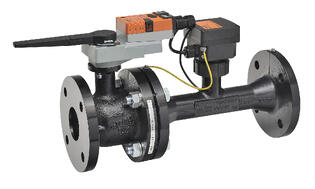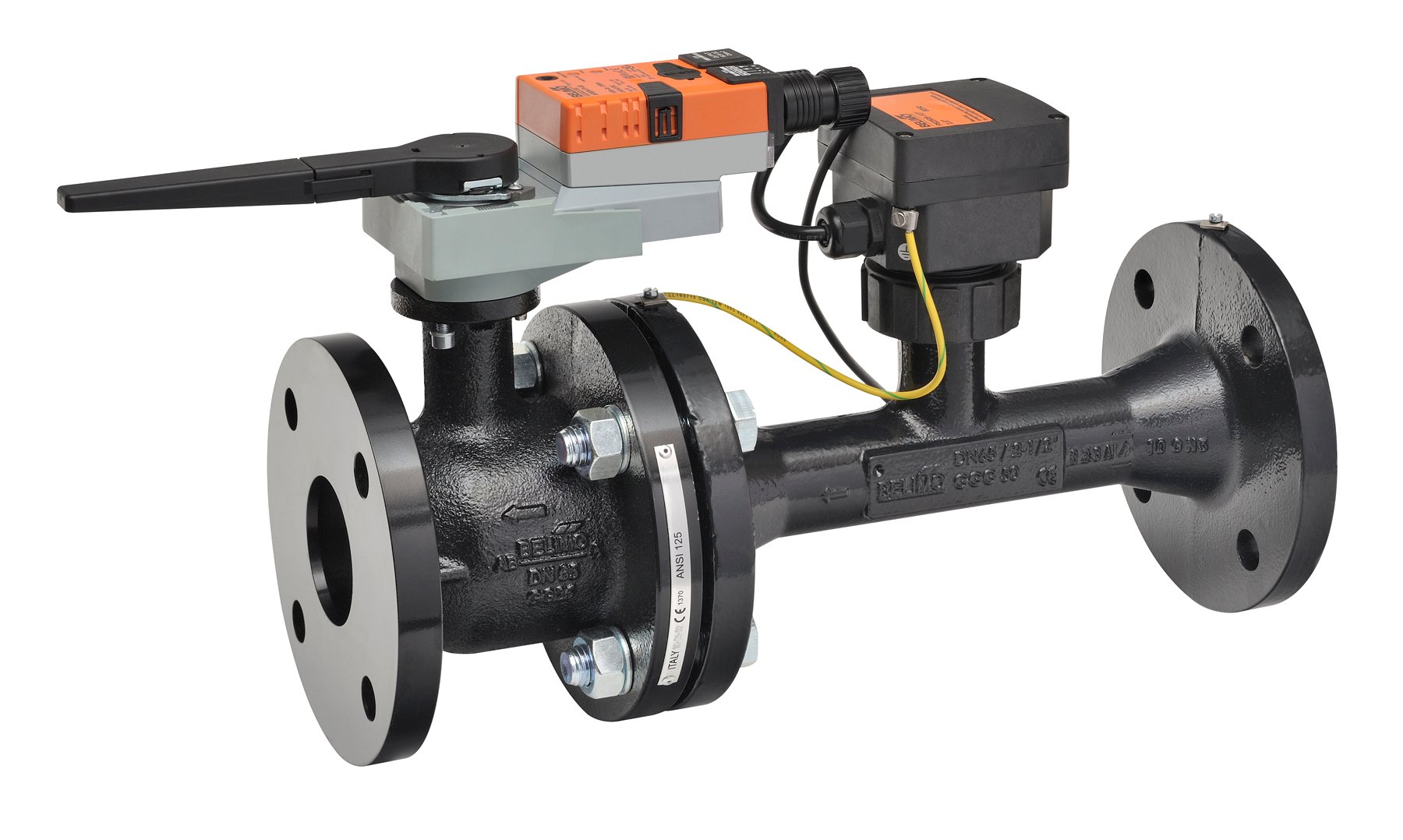Phoenix Reduces Chilled Water Expenses
Hartford, Connecticut’s most iconic building also may be one of its most difficult to heat and cool.
The corporate headquarters of The Phoenix Companies, Inc. at One American Row in Hartford’s downtown is a true architectural landmark. The 13-story building, designed by famed twentieth-century architect Max Abramovitz and completed in 1963, is the first New England office building to be both LEED certified and on the National Register of Historic Places. But the building’s ship-like profile and glass curtain walls cause tremendous solar gain, creating ongoing heating and cooling challenges for Phoenix.
Controlling the flow of chilled water into the cooling system is one significant issue. The building is located close to the utility that supplies chilled water, exposing its mechanical system to extremely high supply pressures, frequently in excess of 200 PSI and differential pressure exceeding 40 PSI during peak cooling loads. Over the years, these pressures have wreaked havoc on numerous globe valves, which have proved incapable of maintaining proper flow through the building’s major air handlers.
Large pressure differentials were the main problem, according to Michael Mayhew, Facility Maintenance Technician. “We control the valves based on supply air temperatures which we try to maintain at 55°F. The valves continue to open until air reaches this setpoint. However, these old globe valves had trouble maintaining proper flow when differential pressure exceeded 40 PSI and they had trouble closing against that high pressure,” said Mayhew.
Under these circumstances, which occurred regularly, it would take the valves up to 30 minutes to respond to flow and temperature changes. Meanwhile, a lot of chilled water passed through the system, increasing costs for the company.
Mayhew explained that the utility charges based on “Day-Tons,” a unit of measurement based on the amount of temperature differential the building sees, and the gallons of chilled water it uses. Phoenix closely monitored their consumption but had few other options to improve its cooling efficiency due to the building’s unique footprint and historic aesthetics.
A Test Run on Pressure Independent Technology
Fortunately, Belimo’s new electronic pressure independent valve, the ePIV, was introduced to the market, providing a potential solution for Phoenix’s increasing chilled water costs.
the market, providing a potential solution for Phoenix’s increasing chilled water costs.
The ePIV valve directly controls the water flow as required by the coil, regardless of pressure fluctuations in the system. The valves are selected based on the GPM requirements of the coil and eliminate the need for balancing valves. Most important, the ePIV eliminates overflow thru the coil, saving energy for the building owner.
The ePIV also incorporates Belimo Multi-Function Technology® (MFT) which allows for a wide variety of programmable inputs and feedback signals. This technology, combined with the Belimo PC-Tool software, allows ePIV users set, modify, and read the position of the valve simply by plugging a laptop into the valve actuator. Setpoints can be specified and actual values monitored and recorded in a graphical format for documentation.
To test the technology out, the staff at Phoenix applied the ePIV to a large AHU with two side-by-side chilled water coils, each supplied by a separate chilled water valve. One of the existing valves was left in place, while the ePIV was applied to the other coil for comparison.
The reduction in flow through the coil with the ePIV flow was dramatic and convinced Phoenix to retrofit several other AHUs.


